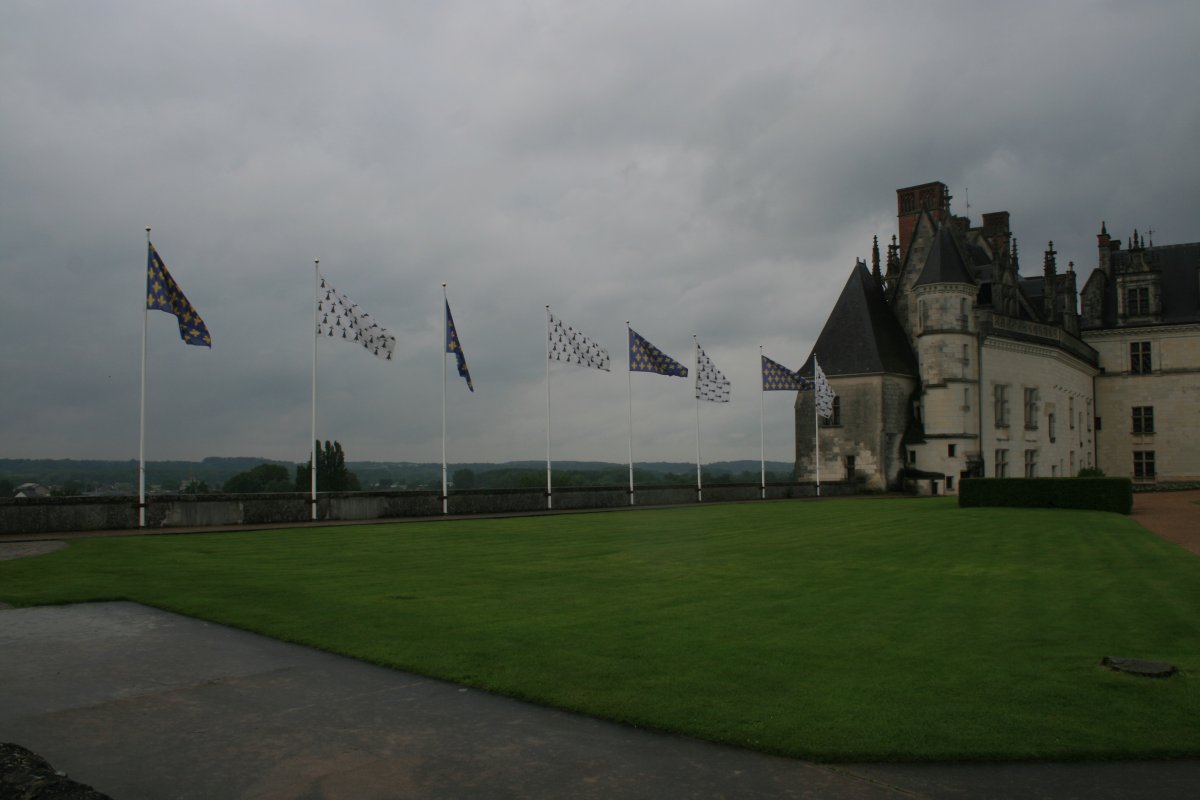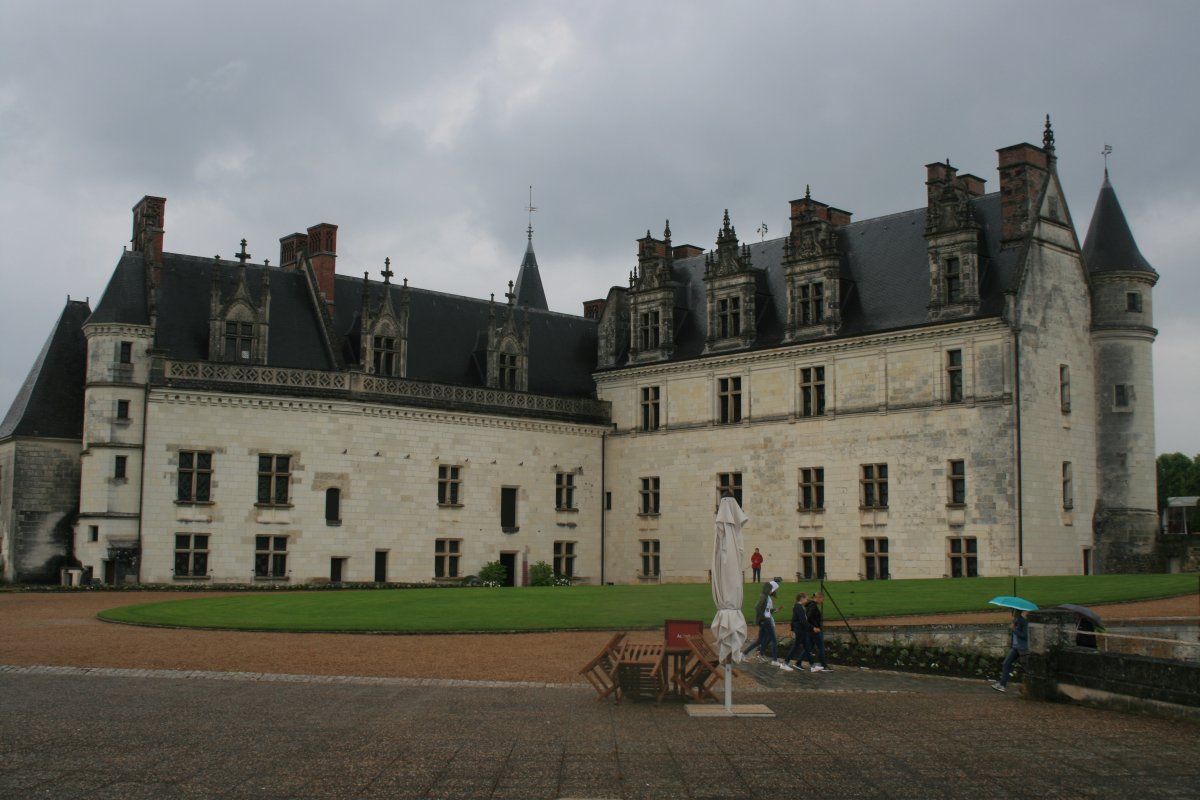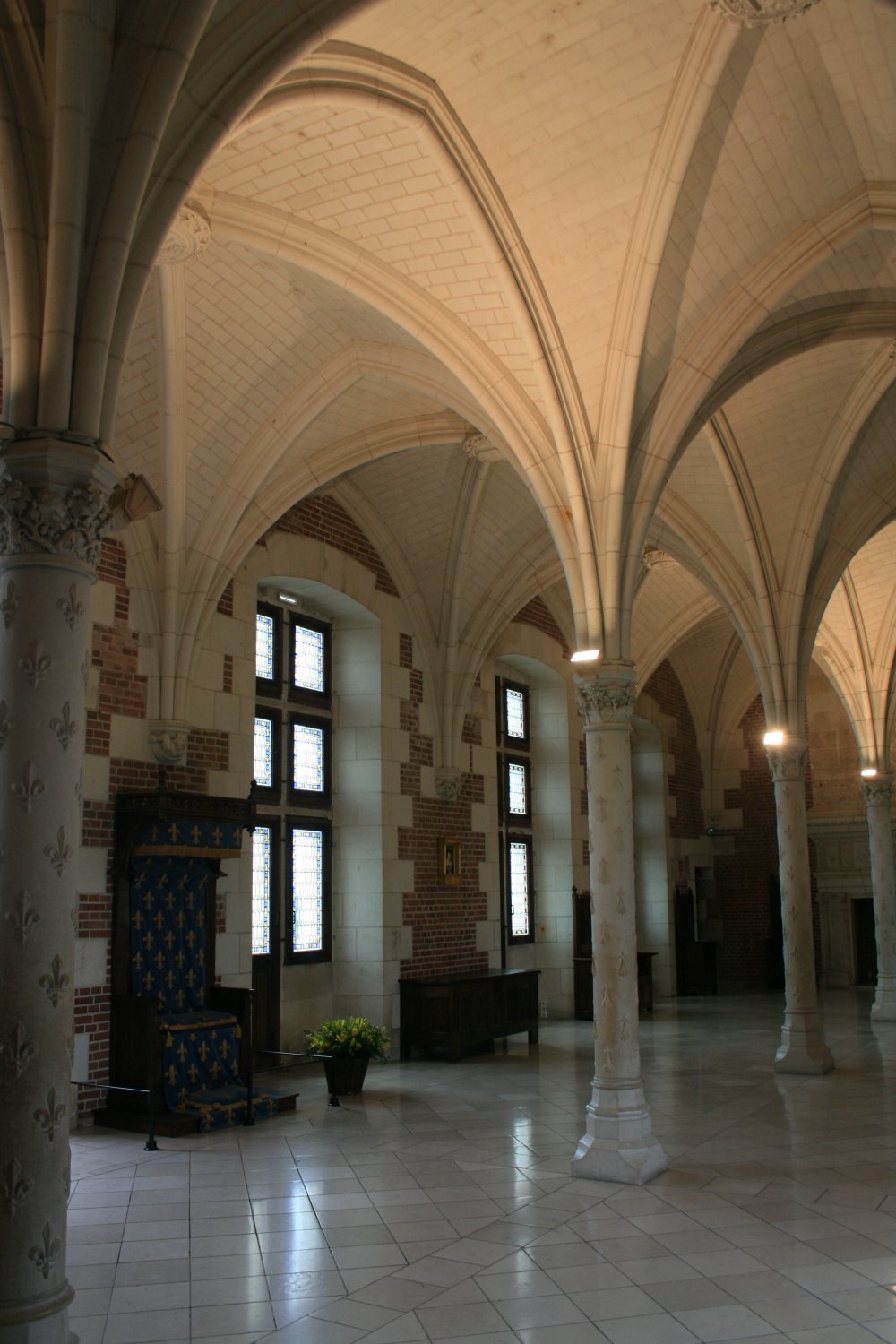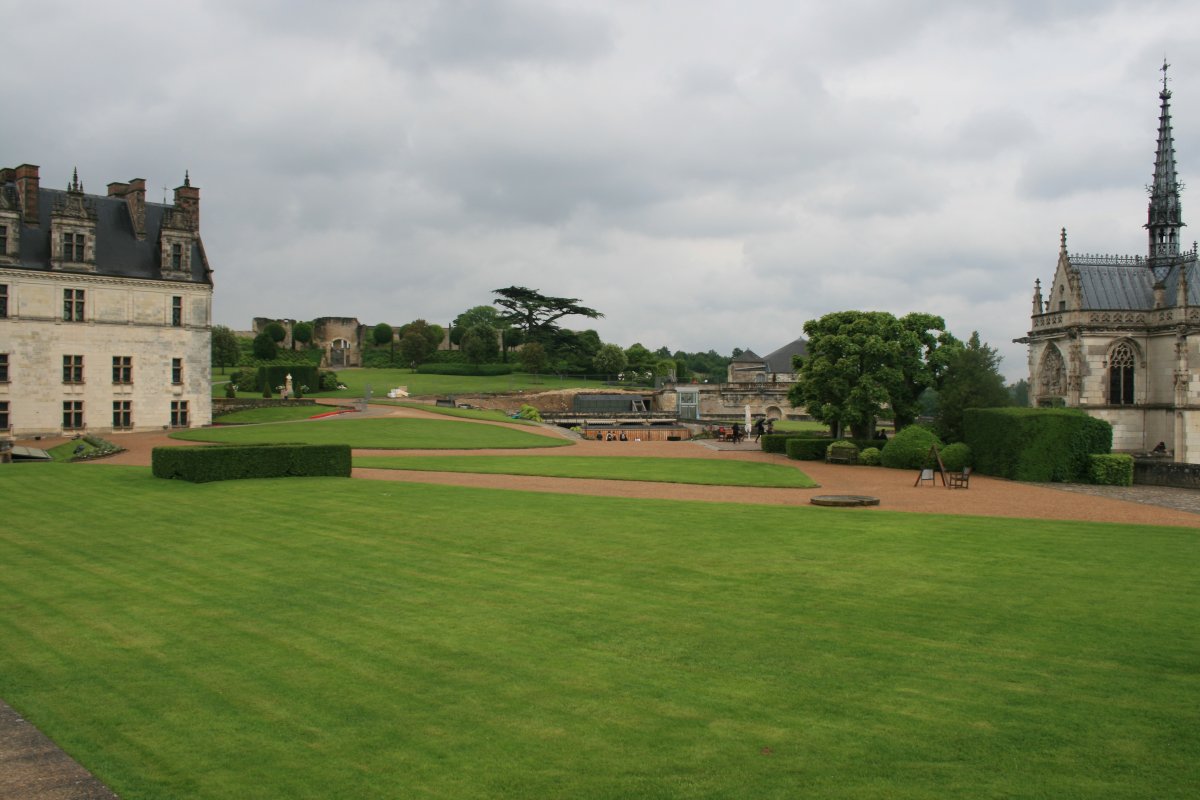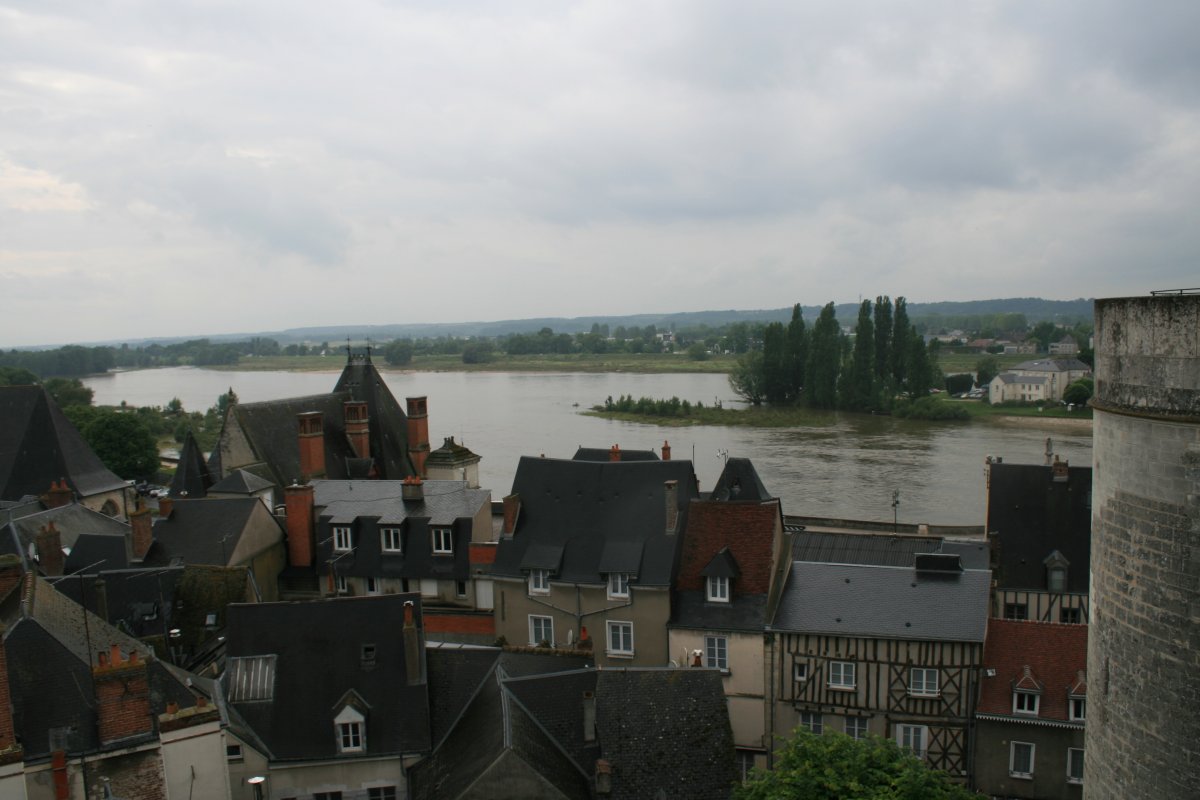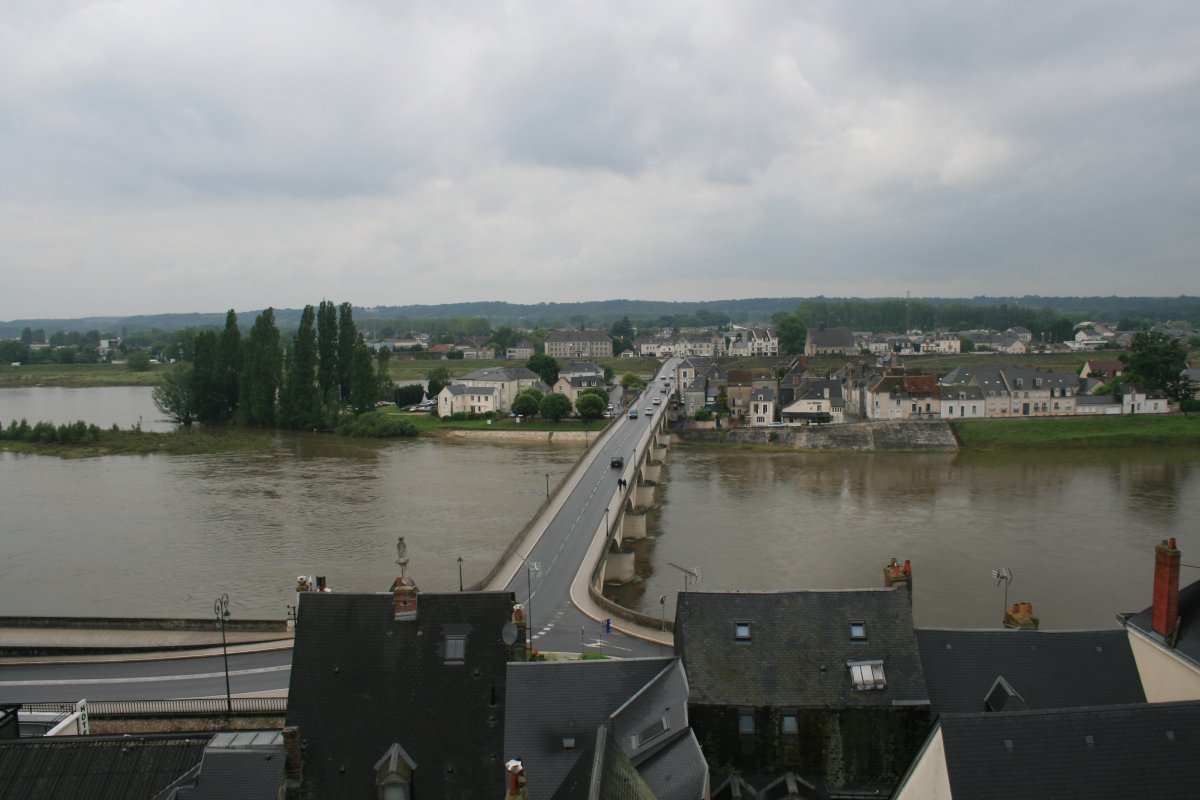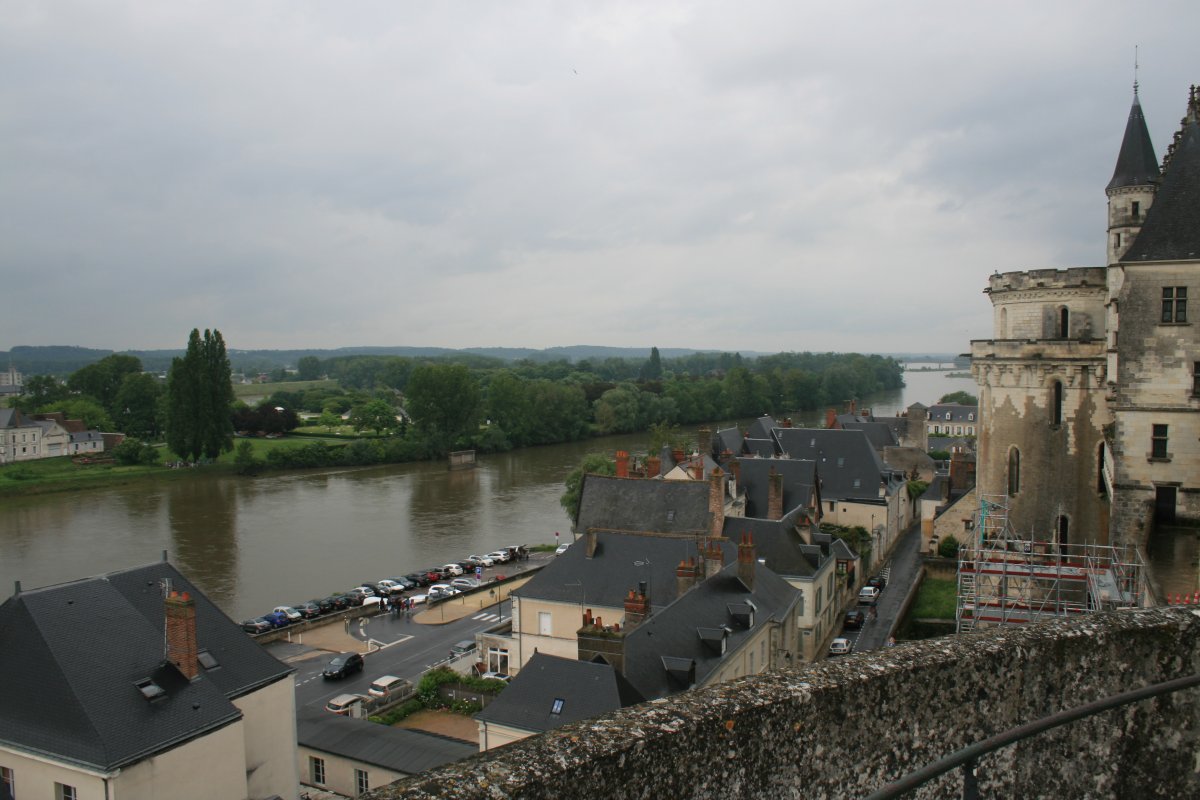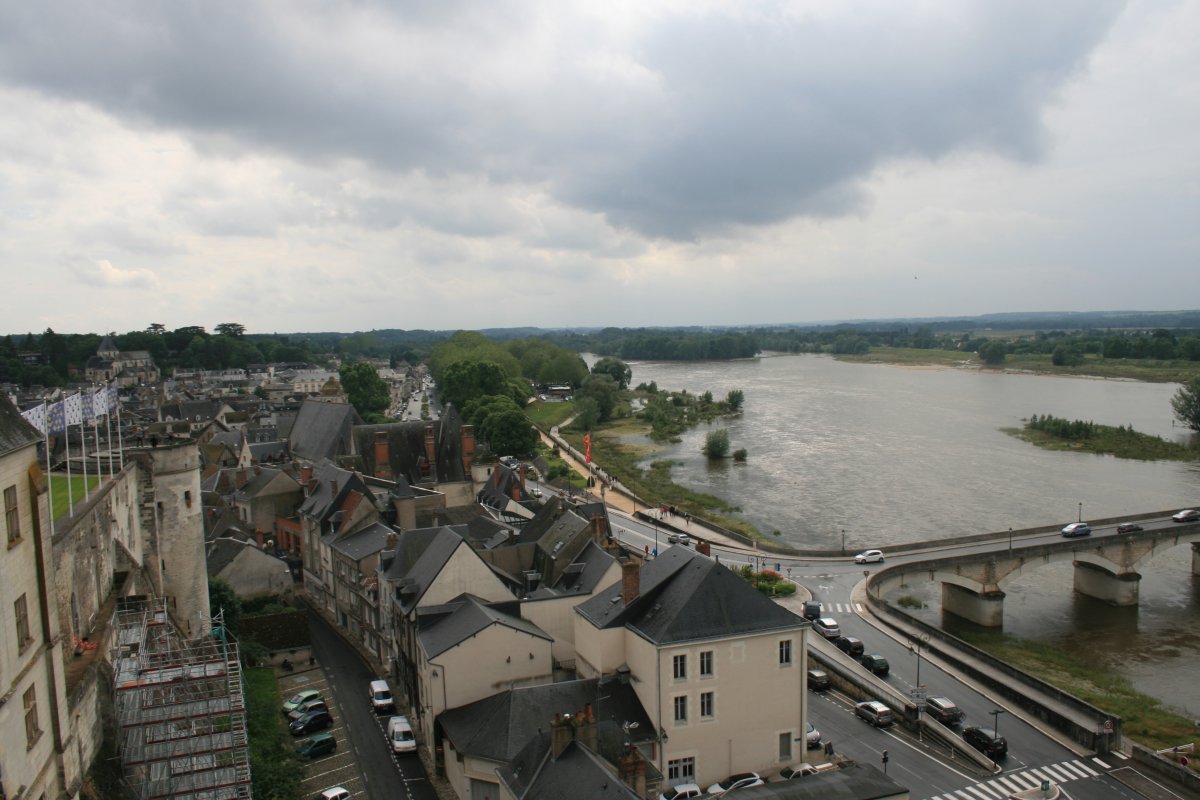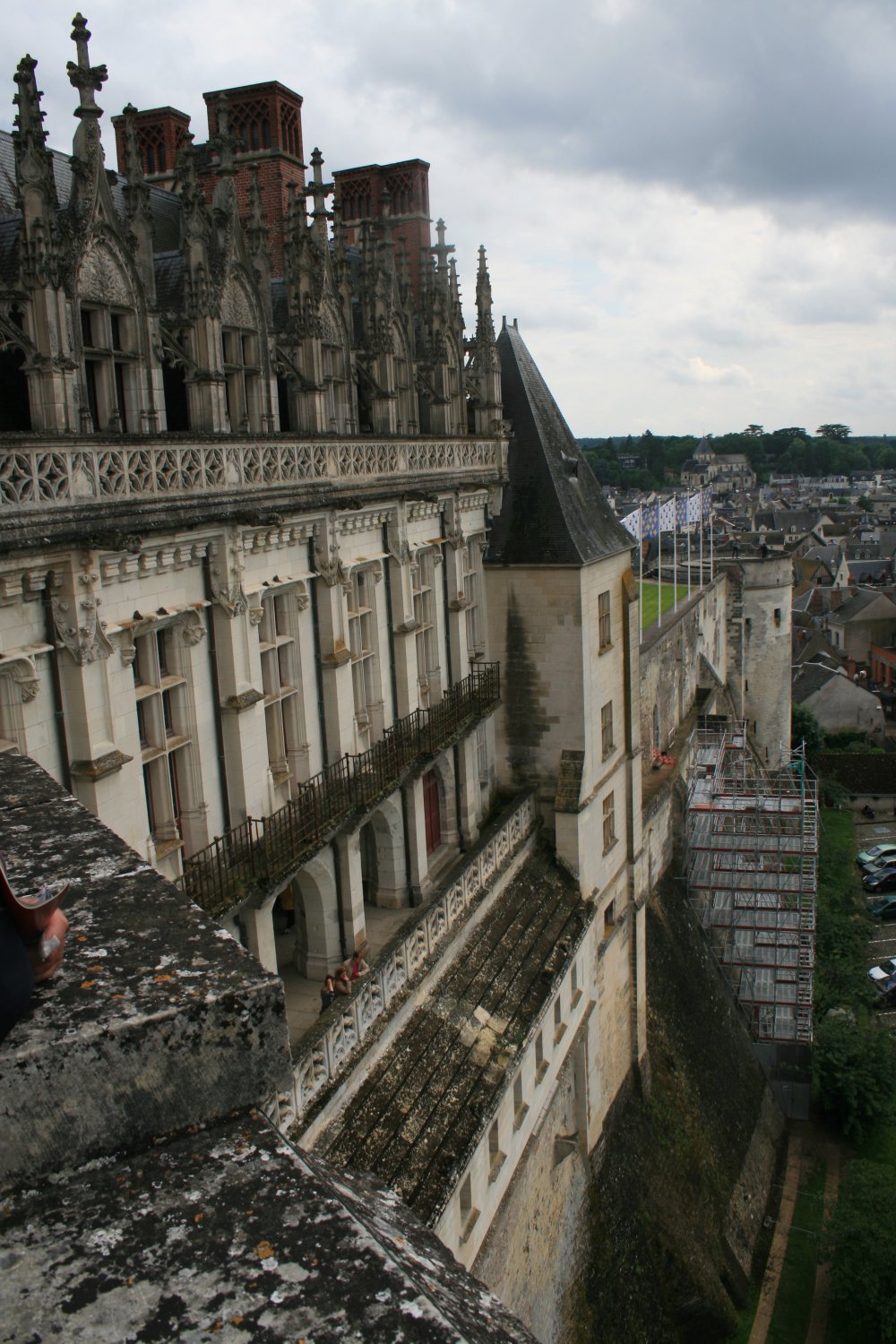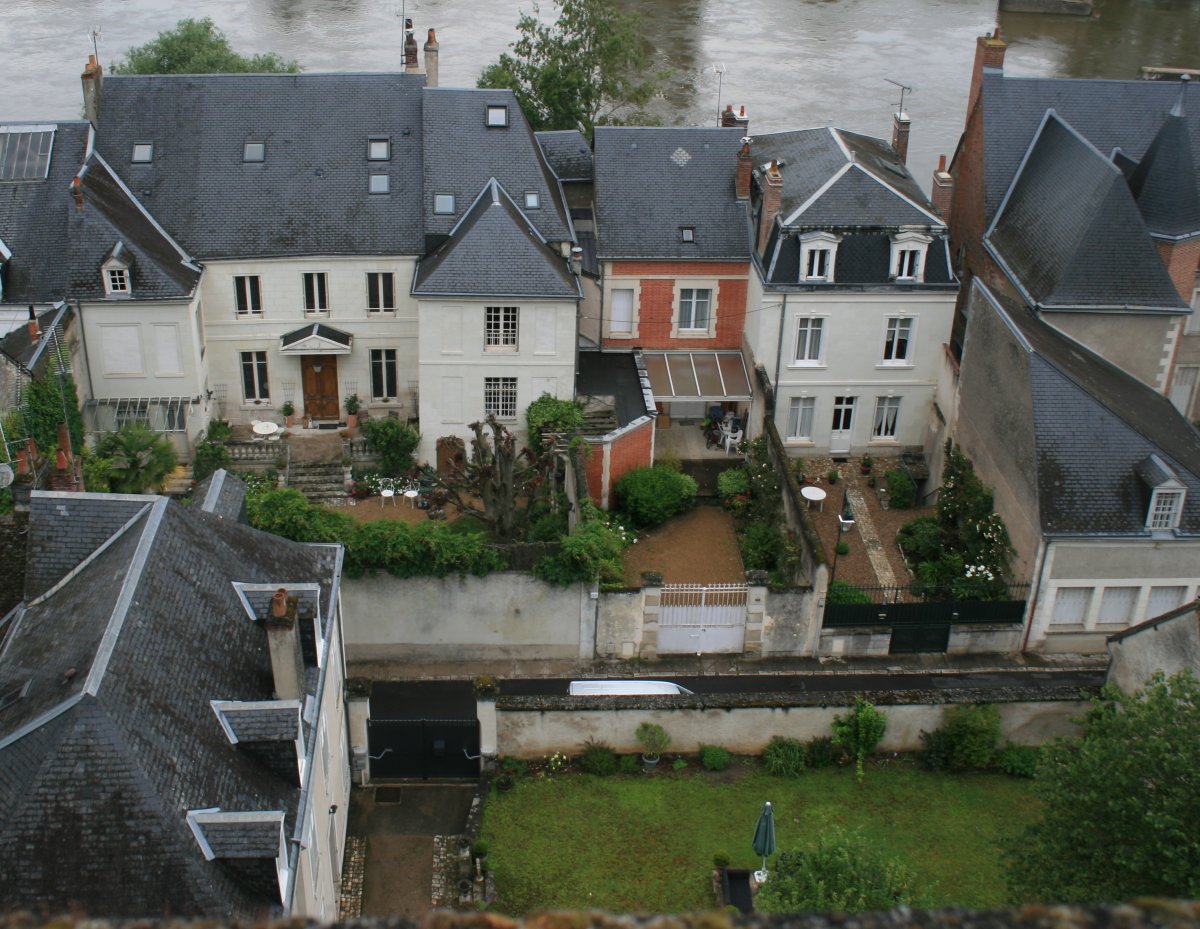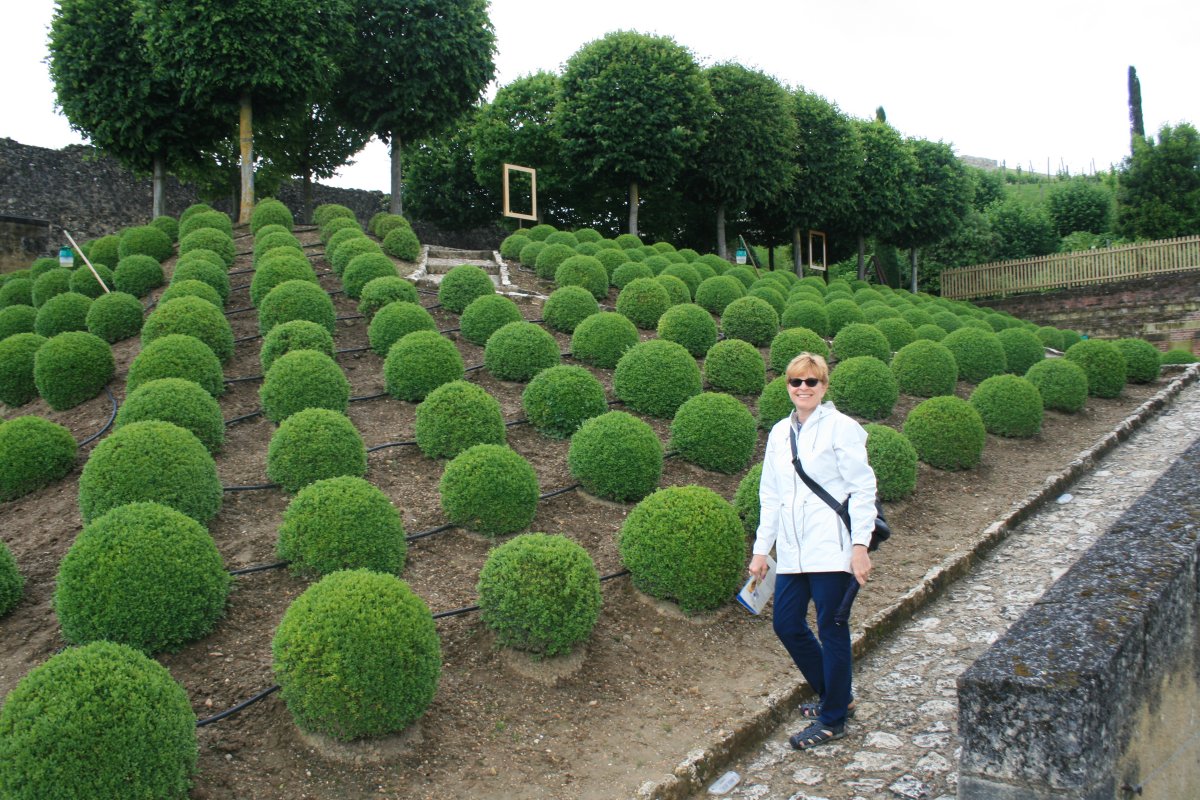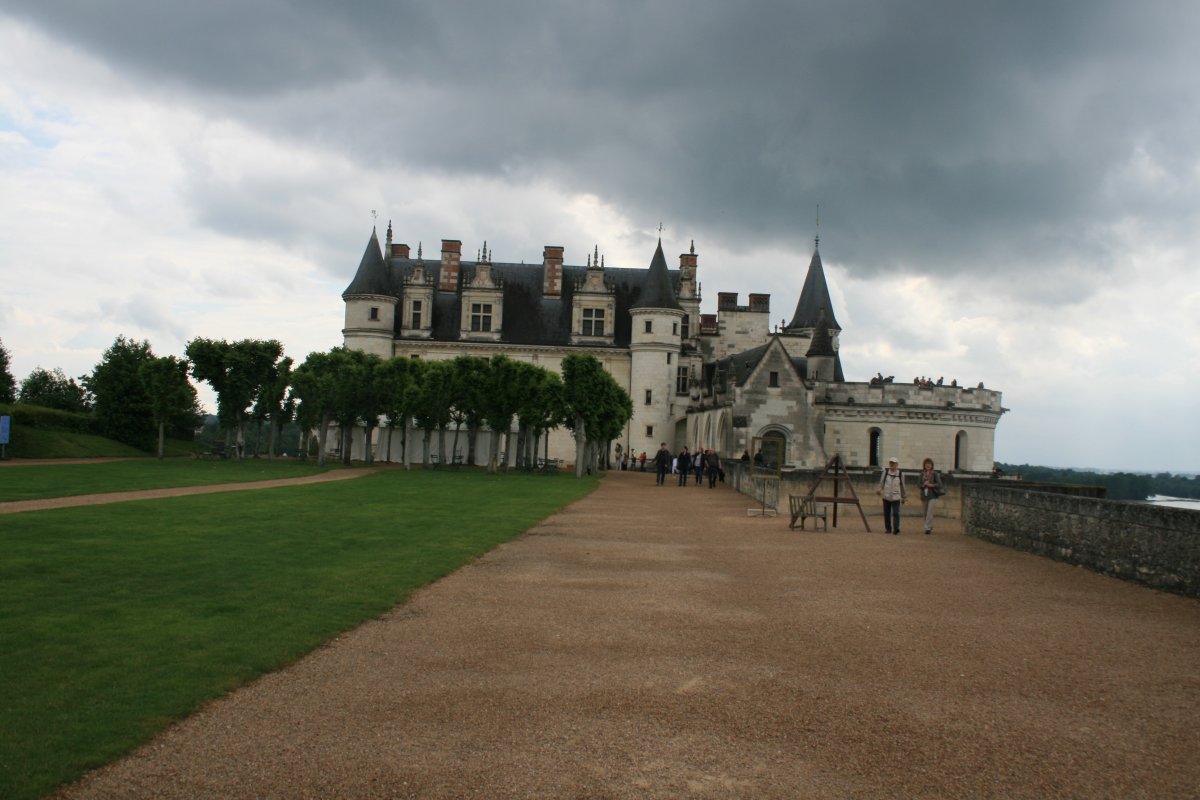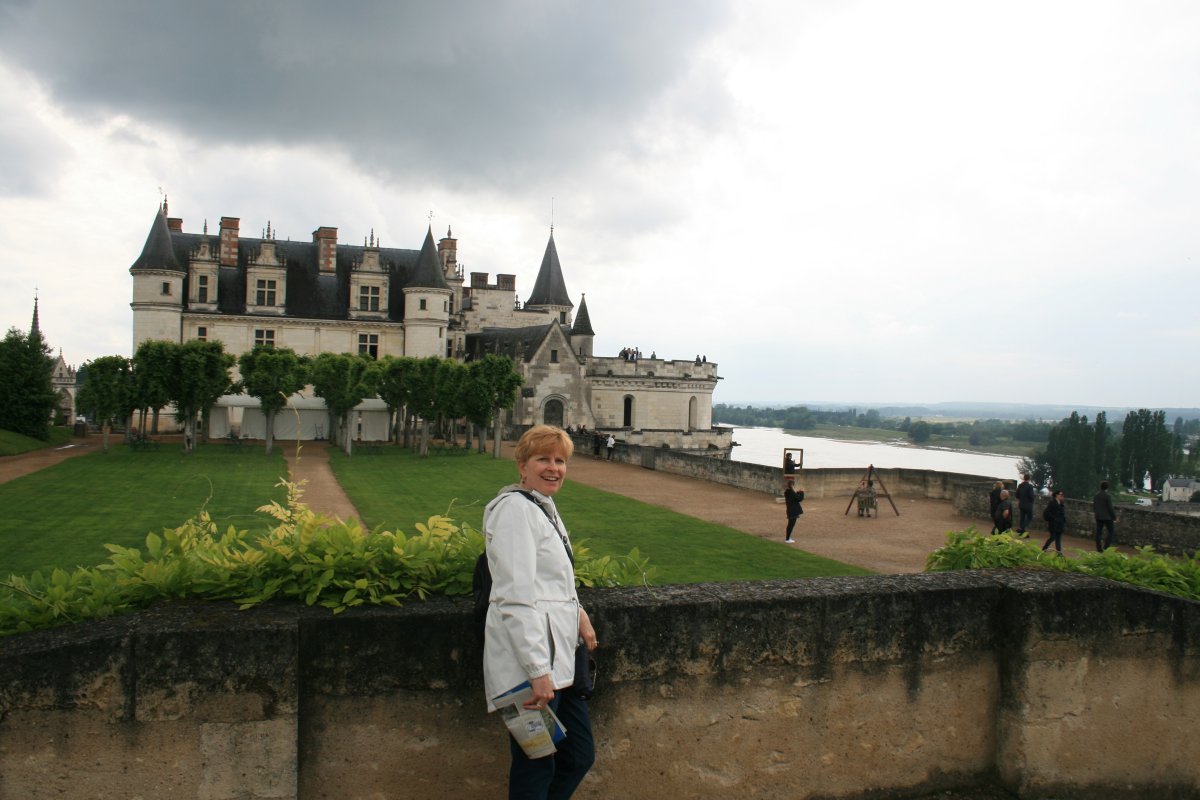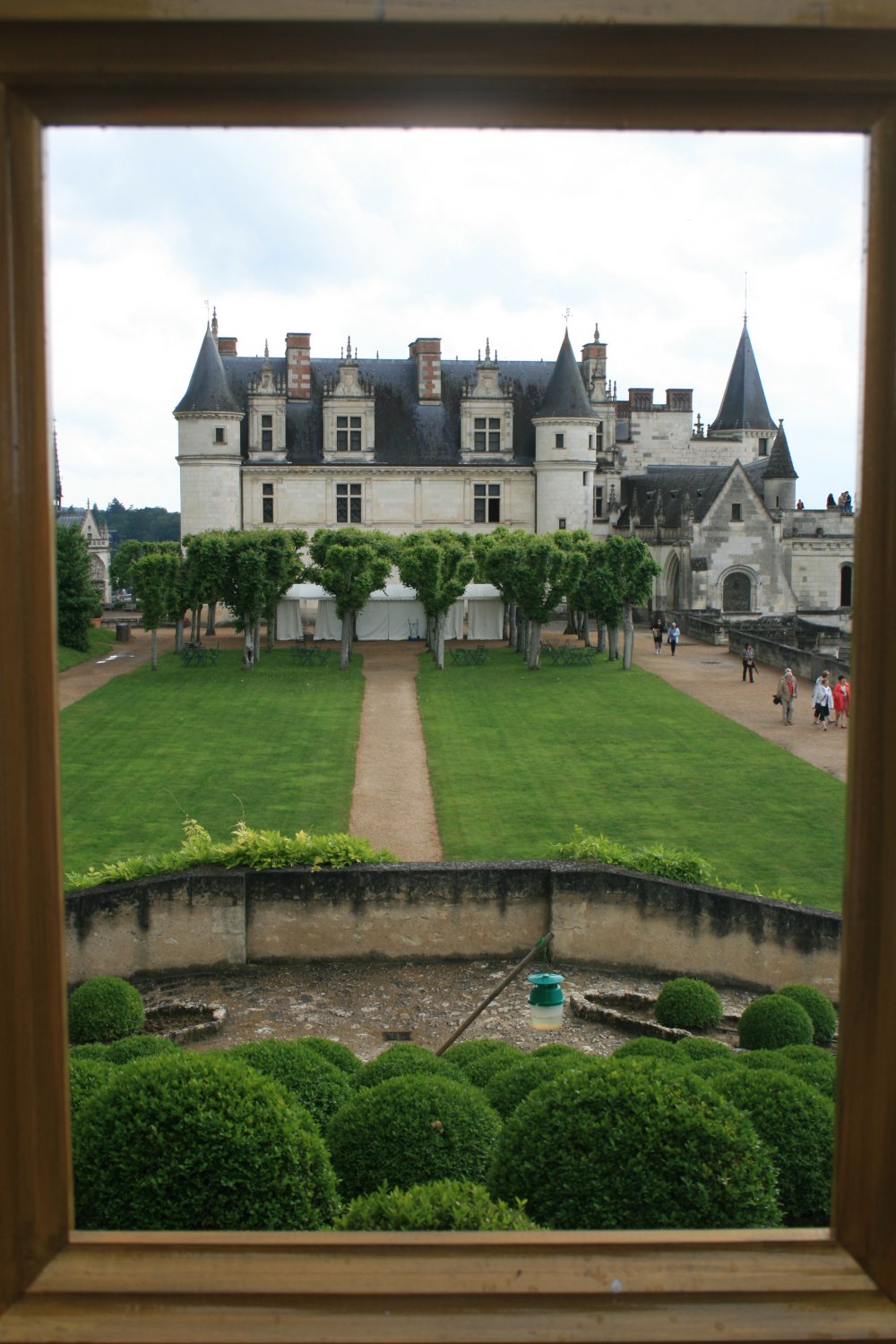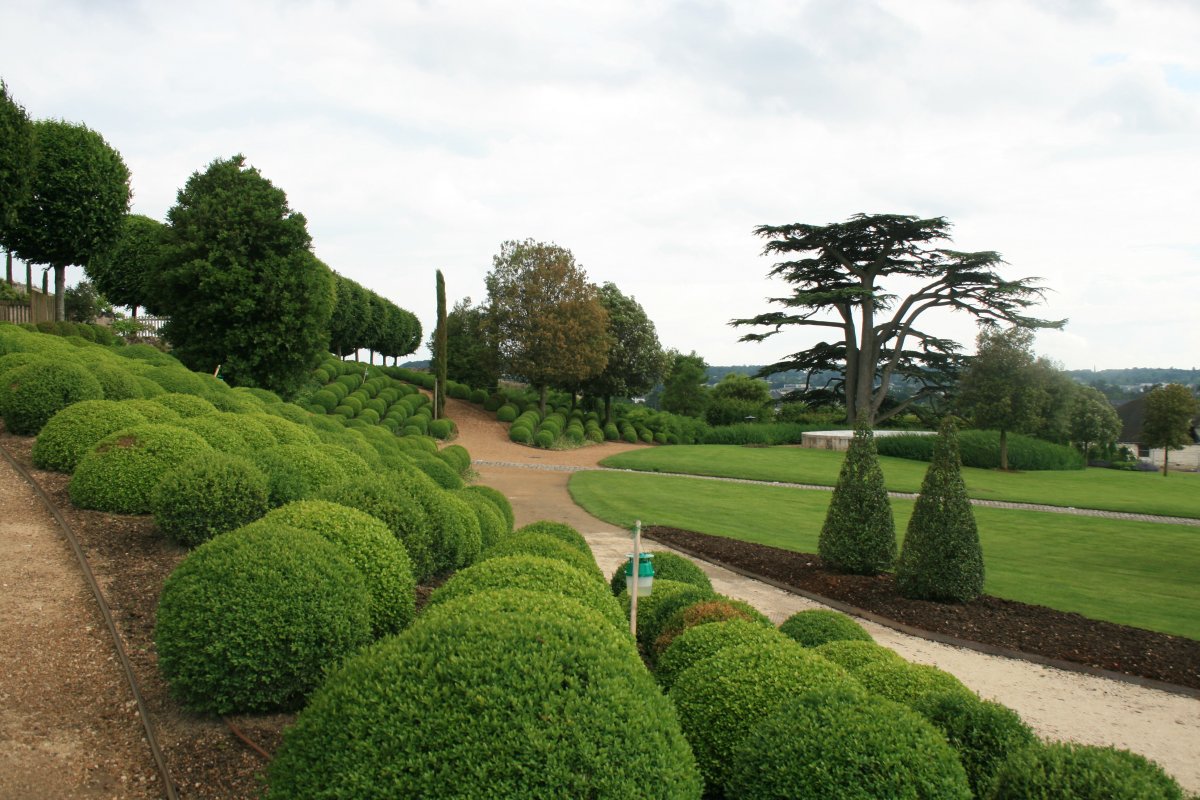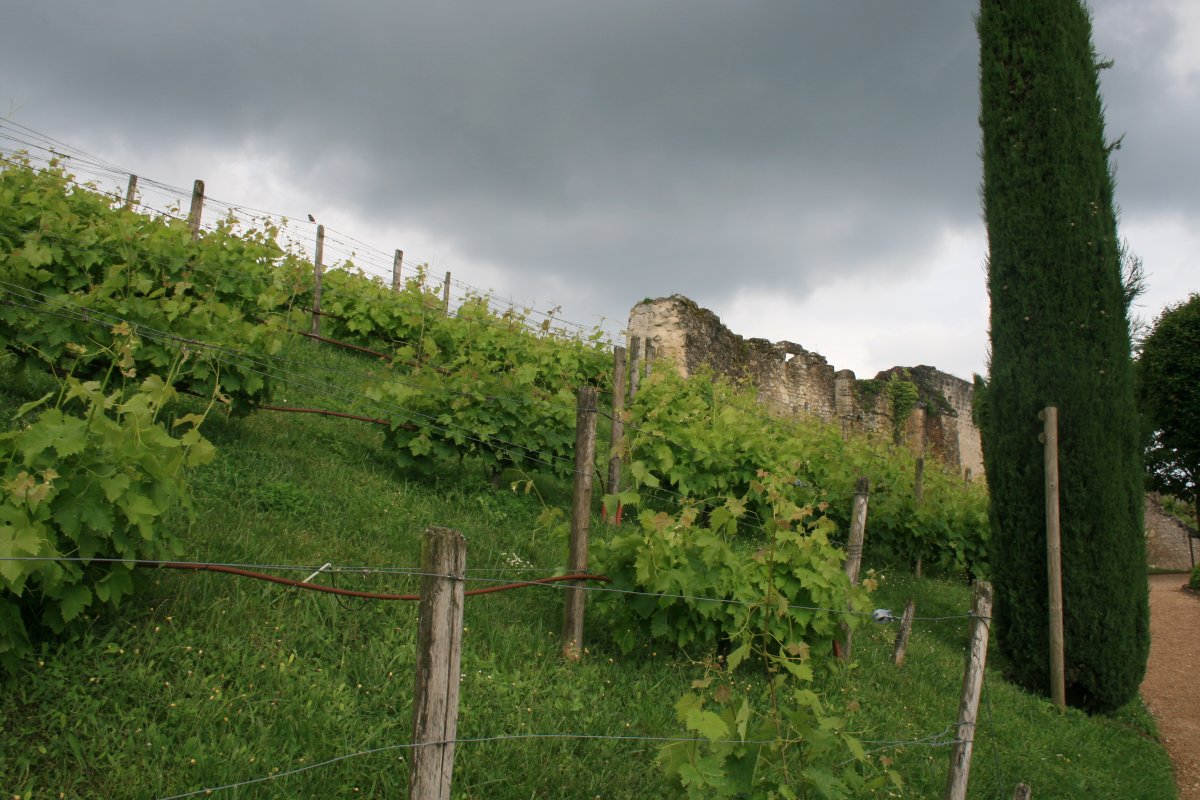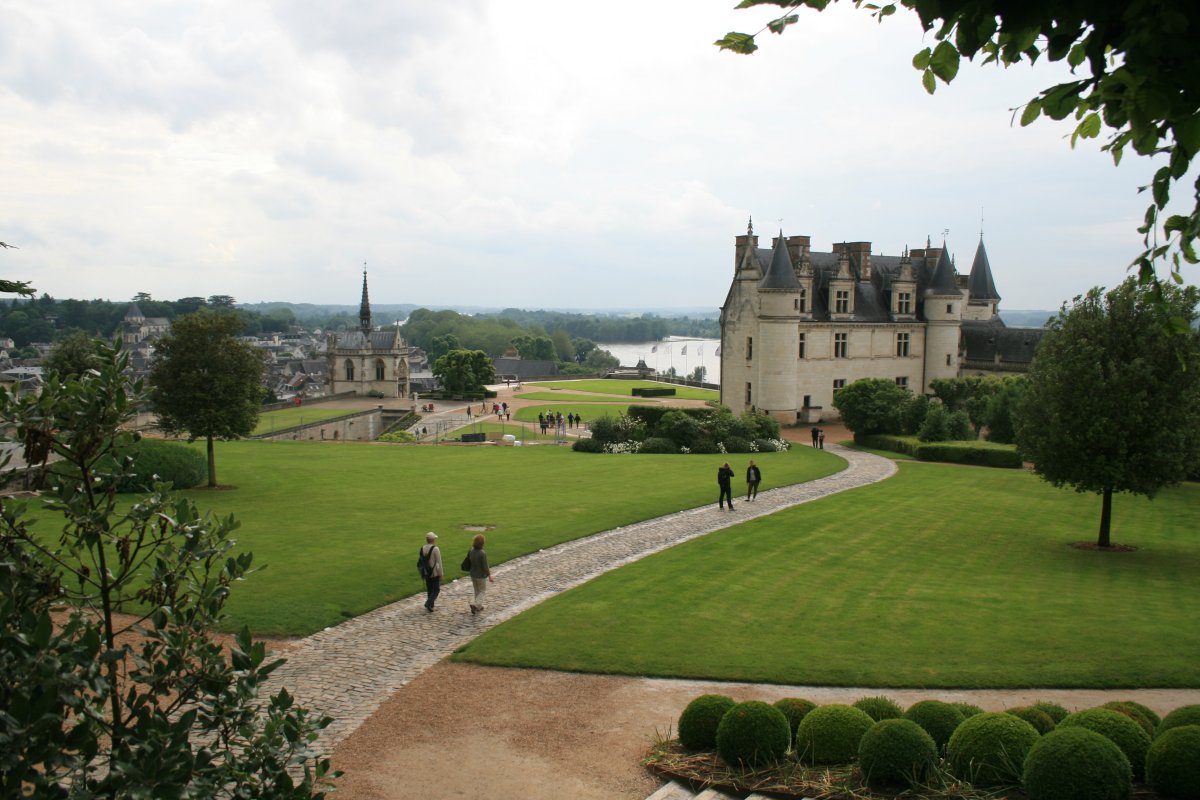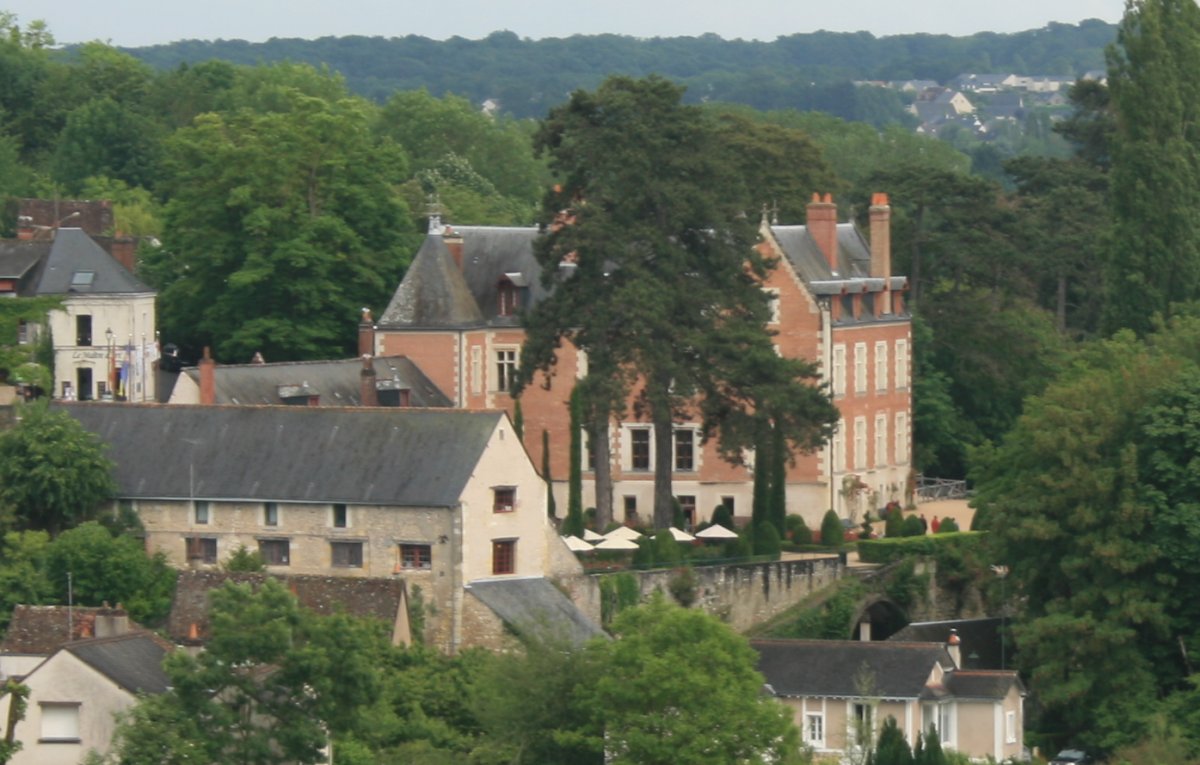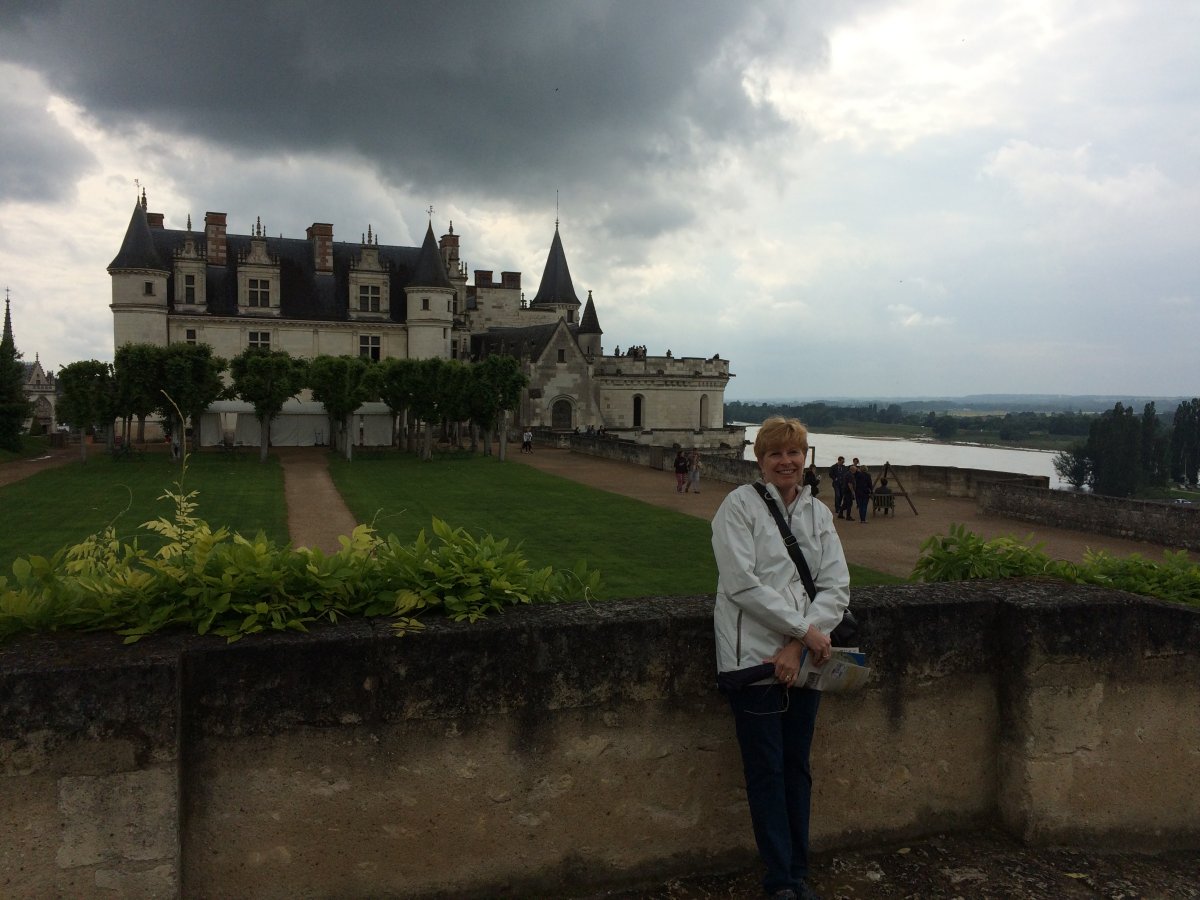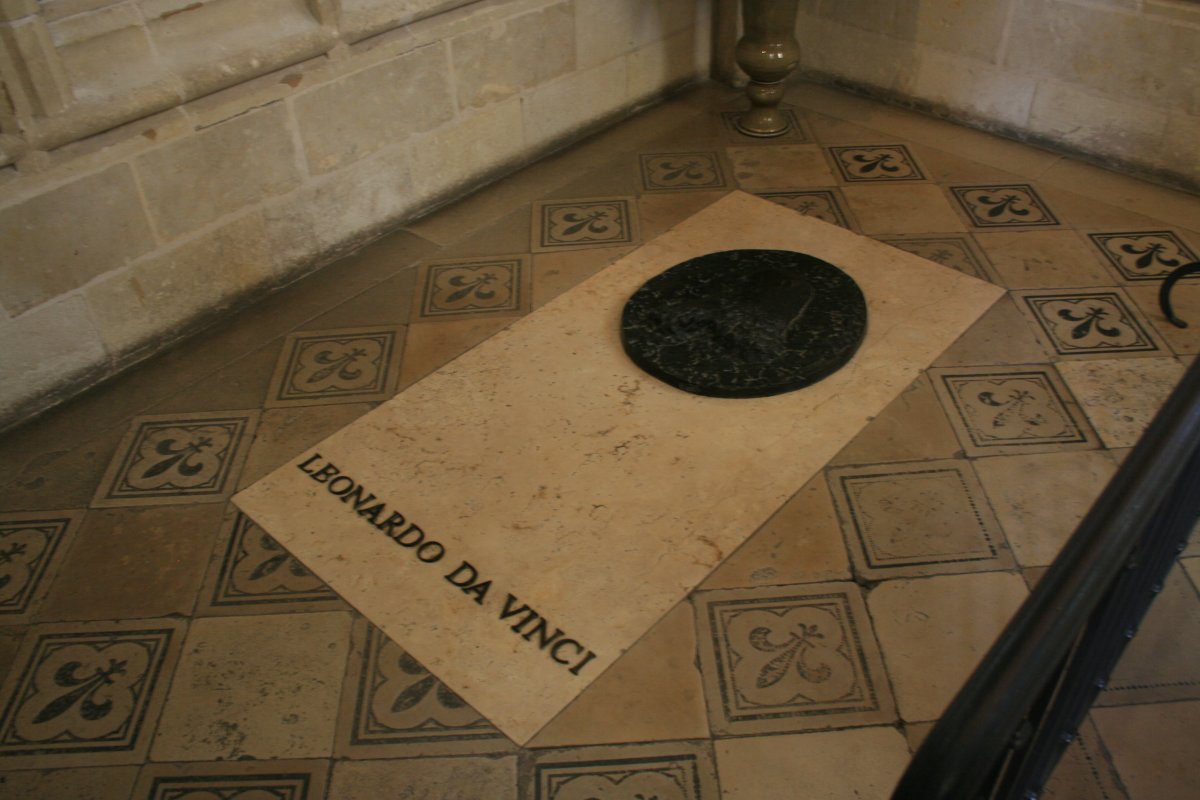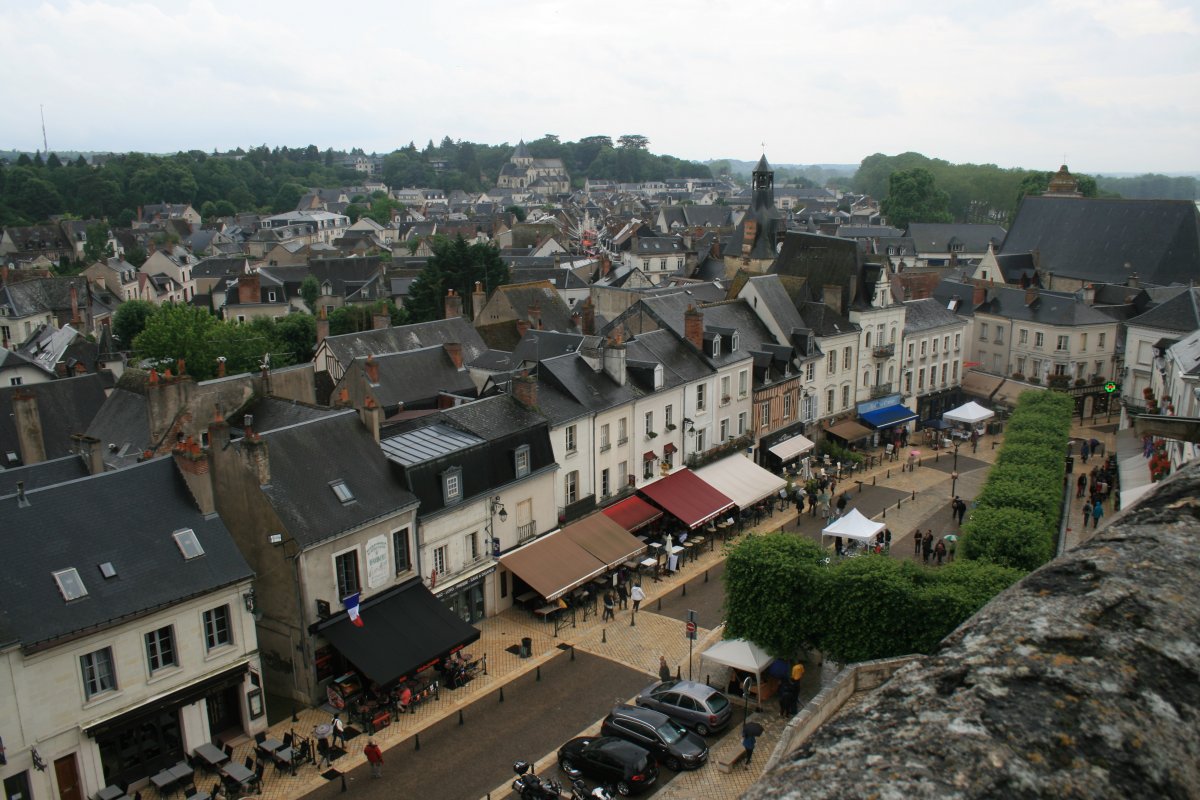France June 2016 - Amboise
"Straddling the wiest stretch of the Loire River, Amboise is an inviting town with a pleasing old quarter below its hilltop chateau. A castle has overlooked the Loire from Amboise since Roman times. As the royal residence of Francois I (reign 1515-1547), Amboise was the second capital of France." - Rick Steves
The view of the Chateau of Amboise at the bridge crossing the Loire River to Amboise was so stupendous I had to get out of the car and take a picture of it. A feudal fortress dressed up in Renaissance clothes. It looked so beautiful sitting there on its triangular plateau sculpted by the Loire and Amasse rivers and overlooking the two rolling valleysthese rivers also left behind. All trace of the Amasse River has now disappeared under the town, along with the remains of the Gauls, Roman legions, and a long list of feudal lords who for a thousand years fled to the safety of the escarpment and farmed the fertile valleys. All that is now left is the royal chateau created during the time three French kings brought the Renaissance to France. Amboise is one of those marvelous French towns of perfect size -- big enough to have excellent restaurants and pastry shops, and small enough so that you can park anywhere and walk to wherever you are going." - Ina Caro
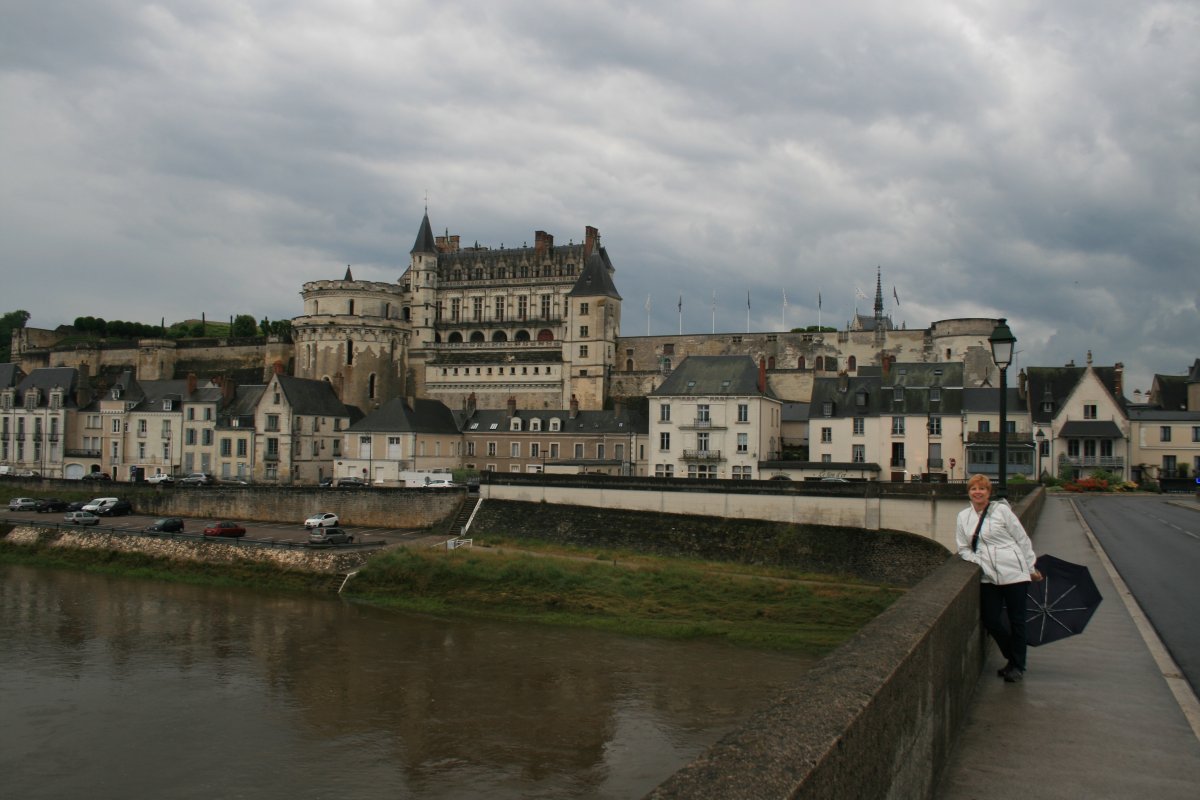

And the real thing. In the 15th century, this was one of the biggest forts in France.
The Chateau Royal d'Amboise became the favored royal residence in the Loire under Charles VIII, who did most of the building in the late 15th century. Charles is famous for accidentally killing himself by waking into a door lintel on his way to a tennis match (seriously) here at Chateau d'Amboise. Later, more careful occupants include Louis XII (who moved the royal court to Blois) and Francois I (who physically brought the Renaissance here in 1516, in the person of Leonardo Da Vinci) - Rick Steves.

